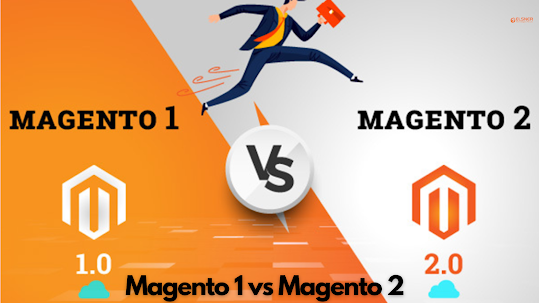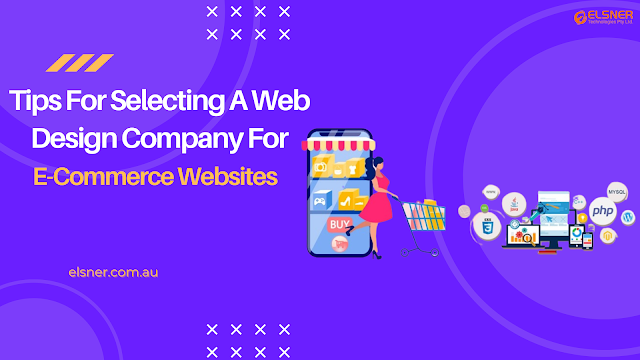Magento 1 vs Magento 2: A Comparative Analysis of Important Differences
Magento is a widely known e-commerce platform that allows businesses to develop and manage online stores efficiently. When it comes to Magento Development, understanding the differences between Magento 1 and Magento 2 is crucial. With the release of Magento 2, users have to decide whether to continue with Magento 1 or upgrade to Magento 2. In this blog, we will compare the key distinctions between Magento 1 and Magento 2 to help you make an informed decision.
What are the Key Distinctions between Magento 1 and Magento 2?
Architecture and Technology Stack
The key issue with Magento 1 is the store performance, which has been considerably enhanced with Magento 2. Magento 2 introduces a modular architecture, which enhances flexibility and allows for easier customisation. It also adopts modern technologies, such as PHP 7, HTML 5 and CSS3, to improve performance and security.
Performance and Speed Optimisation
Magento 2 offers faster page load times when compared to Magento 1. It offers an improved checkout process, resulting in a better user experience and increased conversion rates. It achieves this through full-page caching, optimised database management, and reduced server load. These advancements give the Magento Development Company the potential to develop e-commerce solutions that are faster and more scalable.
SEO
When it comes to SEO, Magento 2 has not improved significantly over Magento 1. But it excels over Magento 1. Magento has added schema.org, a tool that aids in optimizing stores for search engine optimisation (SEO). It allows for the easy inclusion of rich snippets on catalogue pages, which can help improve search rankings. Magento 2 provides a canonical tag feature to prevent issues related to duplicate content. It offers a simple way to set meta tags for each page, which is beneficial for SEO.
Security
Magento stopped support for Magento 1 in June 2020. It will not receive any further security updates, making it vulnerable to cyberattacks. However, Magento 2 is built on modern technologies with the latest security features. It provides protection from cyberattacks and security threats. It regularly receives security updates and patches from Magento with security advancements.
User Experience and Interface
In Magento 1, the admin panel was quite complex and difficult to use. While Magento 2 provides a more intuitive and user-friendly interface, making it easier for merchants to manage their stores. It offers enhanced backend navigation, streamlined product creation, and improved order management features.
Also Read:- How to integrate Magento 2 Show Price For Out Of Stock Products extension
Mobile Responsiveness and PWA support
One of the main problems with Magento 1 was its lack of mobile-friendliness. On the other hand, Magento 2 emphasized mobile responsiveness and introduced Progressive Web Application (PWA) support. It enabled businesses to provide seamless mobile experiences and offline browsing capabilities. You can get assistance from e-commerce website design Sydney to develop an engaging design strategy for your online store.
Extension Capabilities and Marketplace
While Magento 1 had a wide range of extensions, Magento 2 focused on improving extension compatibility and introduced a new marketplace. The marketplace offers a curated selection of high-quality extensions, ensuring compatibility and reliability. You can hire Magento Developer to use these features of Magento efficiently.
Summing Up
So, Magento 2 offers significant enhancements over Magento 1, including improved performance, user experience, and mobile responsiveness. However, migrating to Magento 2 requires an investment of time and resources. But the benefits it provides can contribute to the long-term success of your online business.
Carefully evaluate your business requirements when it comes to Magento Development. It is important to stay updated with the latest versions and enhancements for optimal performance. Finally, consider the potential return on investment to make an informed decision.




Comments
Post a Comment